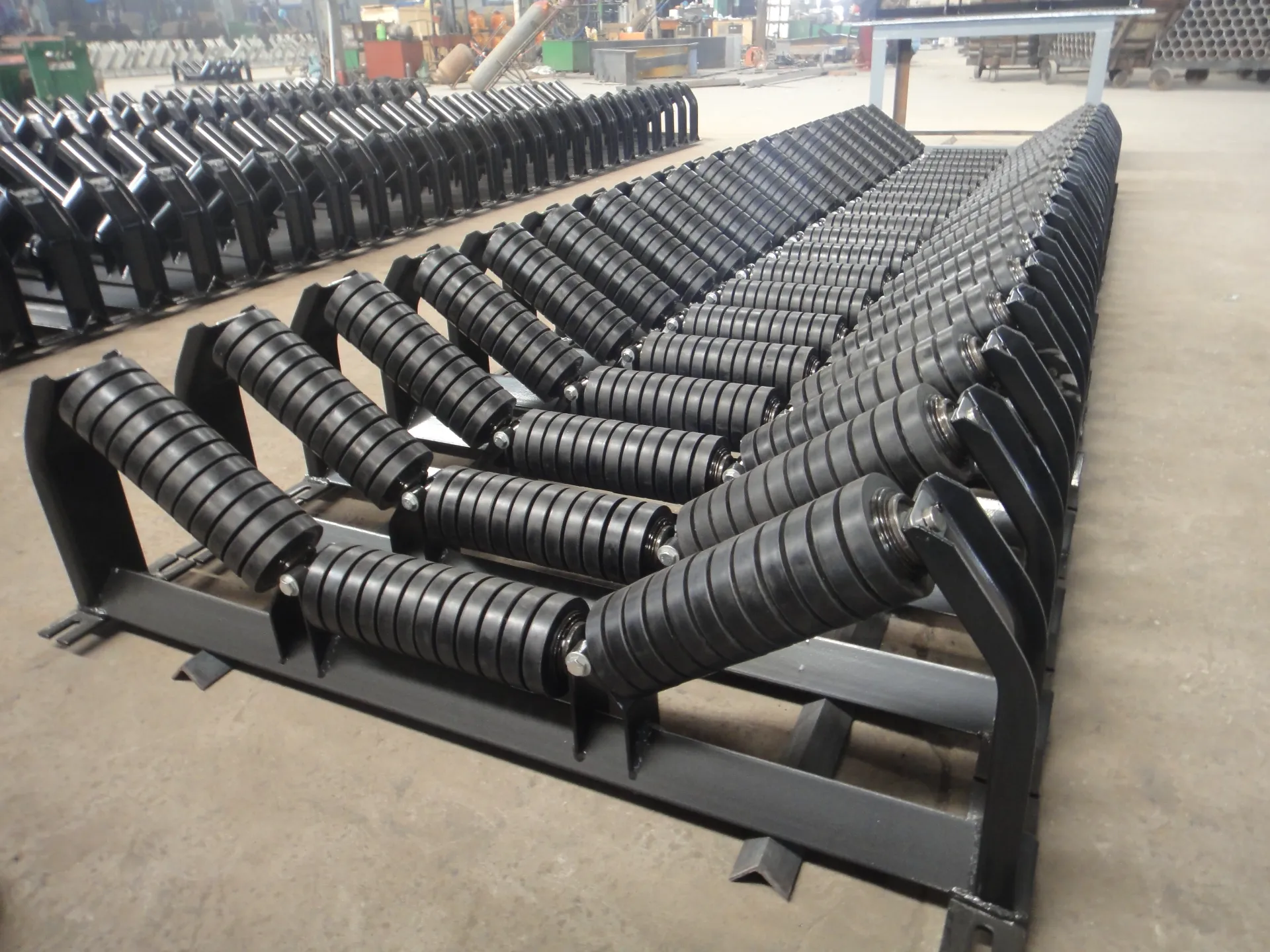 Afrikaans
Afrikaans  Albanian
Albanian  Amharic
Amharic  Arabic
Arabic  Armenian
Armenian  Azerbaijani
Azerbaijani  Basque
Basque  Belarusian
Belarusian  Bengali
Bengali  Bosnian
Bosnian  Bulgarian
Bulgarian  Catalan
Catalan  Cebuano
Cebuano  Corsican
Corsican  Croatian
Croatian  Czech
Czech  Danish
Danish  Dutch
Dutch  English
English  Esperanto
Esperanto  Estonian
Estonian  Finnish
Finnish  French
French  Frisian
Frisian  Galician
Galician  Georgian
Georgian  German
German  Greek
Greek  Gujarati
Gujarati  Haitian Creole
Haitian Creole  hausa
hausa  hawaiian
hawaiian  Hebrew
Hebrew  Hindi
Hindi  Miao
Miao  Hungarian
Hungarian  Icelandic
Icelandic  igbo
igbo  Indonesian
Indonesian  irish
irish  Italian
Italian  Japanese
Japanese  Javanese
Javanese  Kannada
Kannada  kazakh
kazakh  Khmer
Khmer  Rwandese
Rwandese  Korean
Korean  Kurdish
Kurdish  Kyrgyz
Kyrgyz  Lao
Lao  Latin
Latin  Latvian
Latvian  Lithuanian
Lithuanian  Luxembourgish
Luxembourgish  Macedonian
Macedonian  Malgashi
Malgashi  Malay
Malay  Malayalam
Malayalam  Maltese
Maltese  Maori
Maori  Marathi
Marathi  Mongolian
Mongolian  Myanmar
Myanmar  Nepali
Nepali  Norwegian
Norwegian  Norwegian
Norwegian  Occitan
Occitan  Pashto
Pashto  Persian
Persian  Polish
Polish  Portuguese
Portuguese  Punjabi
Punjabi  Romanian
Romanian  Russian
Russian  Samoan
Samoan  Scottish Gaelic
Scottish Gaelic  Serbian
Serbian  Sesotho
Sesotho  Shona
Shona  Sindhi
Sindhi  Sinhala
Sinhala  Slovak
Slovak  Slovenian
Slovenian  Somali
Somali  Spanish
Spanish  Sundanese
Sundanese  Swahili
Swahili  Swedish
Swedish  Tagalog
Tagalog  Tajik
Tajik  Tamil
Tamil  Tatar
Tatar  Telugu
Telugu  Thai
Thai  Turkish
Turkish  Turkmen
Turkmen  Ukrainian
Ukrainian  Urdu
Urdu  Uighur
Uighur  Uzbek
Uzbek  Vietnamese
Vietnamese  Welsh
Welsh  Bantu
Bantu  Yiddish
Yiddish  Yoruba
Yoruba  Zulu
Zulu Drive Belt Tensioner and Idler Pulley System Overview for Automotive Applications
Understanding the Drive Belt Idler Pulley A Key Component for Optimal Engine Performance
The drive belt idler pulley may not be the most glamorous part of a vehicle's engine, but it plays a crucial role in maintaining optimal performance and functionality. This seemingly simple accessory helps facilitate the operation of several essential components in your car, ensuring smooth drivers and a trouble-free driving experience.
What is a Drive Belt Idler Pulley?
The drive belt idler pulley is a rotating wheel that is pivotal to the function of the serpentine belt, which is vital for transferring power from the engine to various accessories, including the alternator, water pump, power steering pump, and air conditioning compressor. The idler pulley helps to maintain the correct tension on the drive belt, preventing slippage and ensuring that each of the connected components operates effectively.
The Importance of Tension
Proper tension on the drive belt is essential for performance and longevity. Too much tension can lead to excessive wear on the drive belt and surrounding components, while too little tension can cause slippage, resulting in diminished performance and potential overheating of the engine. The drive belt idler pulley is designed to maintain this ideal tension, adjusting as necessary to accommodate belt wear and environmental conditions.
Signs of Wear or Failure
drive belt idler pulley

Like any mechanical component, the drive belt idler pulley can wear out over time. It is essential for vehicle owners to be aware of the signs of a failing idler pulley. Common indicators include a squeaking or chirping noise coming from the engine compartment, which can suggest that the belt is sliding over a worn-out pulley. Oscillation or wobbling of the pulley itself, visible during engine operation, may indicate a problem that needs immediate attention. In more severe cases, a failed idler pulley could lead to a complete loss of power to critical components, resulting in significant vehicle performance issues.
Maintenance and Replacement
Routine maintenance is essential to prevent idler pulley failure. It is advisable to inspect the idler pulley and the drive belt during regular service intervals. Mechanics often recommend replacing the idler pulley alongside the serpentine belt to ensure that both components are in optimal condition. Generally, drive belts may need replacement every 60,000 to 100,000 miles, but this can vary depending on your vehicle's make and model, driving conditions, and the materials used in the belt.
When replacing an idler pulley, it is crucial to choose high-quality parts that fit your vehicle specifications. Aftermarket parts can often be more affordable, but ensure they meet the standards set by the manufacturer for reliability and performance.
Conclusion
In summary, while the drive belt idler pulley might go unnoticed, its role in the efficient operation of a vehicle is indispensable. Proper maintenance and timely replacement can prevent more significant engine problems down the road. Be proactive in monitoring your vehicle's components and addressing any signs of wear and tear. By doing so, you can ensure that your vehicle runs smoothly and efficiently for years to come. Investing time in understanding these underappreciated elements of your engine can save you time and money, enhancing your overall driving experience.
-
Revolutionizing Conveyor Reliability with Advanced Rubber Lagging PulleysNewsJul.22,2025
-
Powering Precision and Durability with Expert Manufacturers of Conveyor ComponentsNewsJul.22,2025
-
Optimizing Conveyor Systems with Advanced Conveyor AccessoriesNewsJul.22,2025
-
Maximize Conveyor Efficiency with Quality Conveyor Idler PulleysNewsJul.22,2025
-
Future-Proof Your Conveyor System with High-Performance Polyurethane RollerNewsJul.22,2025
-
Driving Efficiency Forward with Quality Idlers and RollersNewsJul.22,2025





























